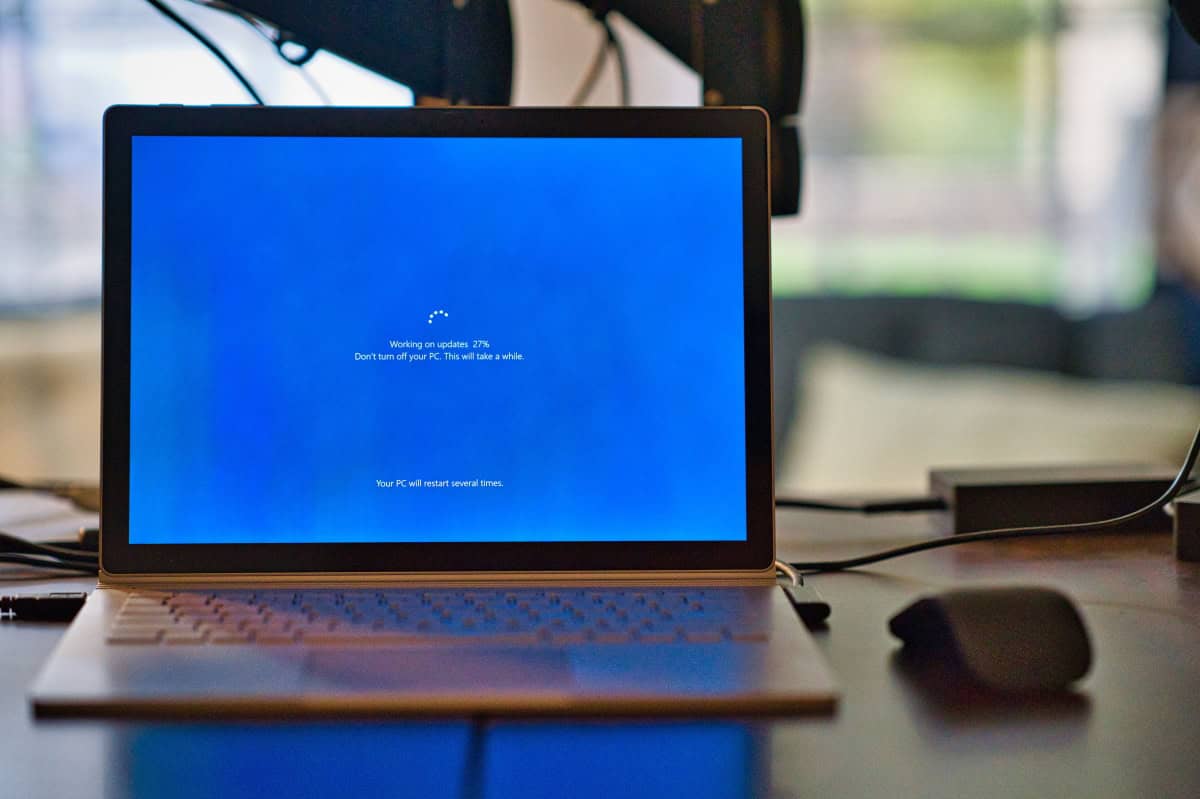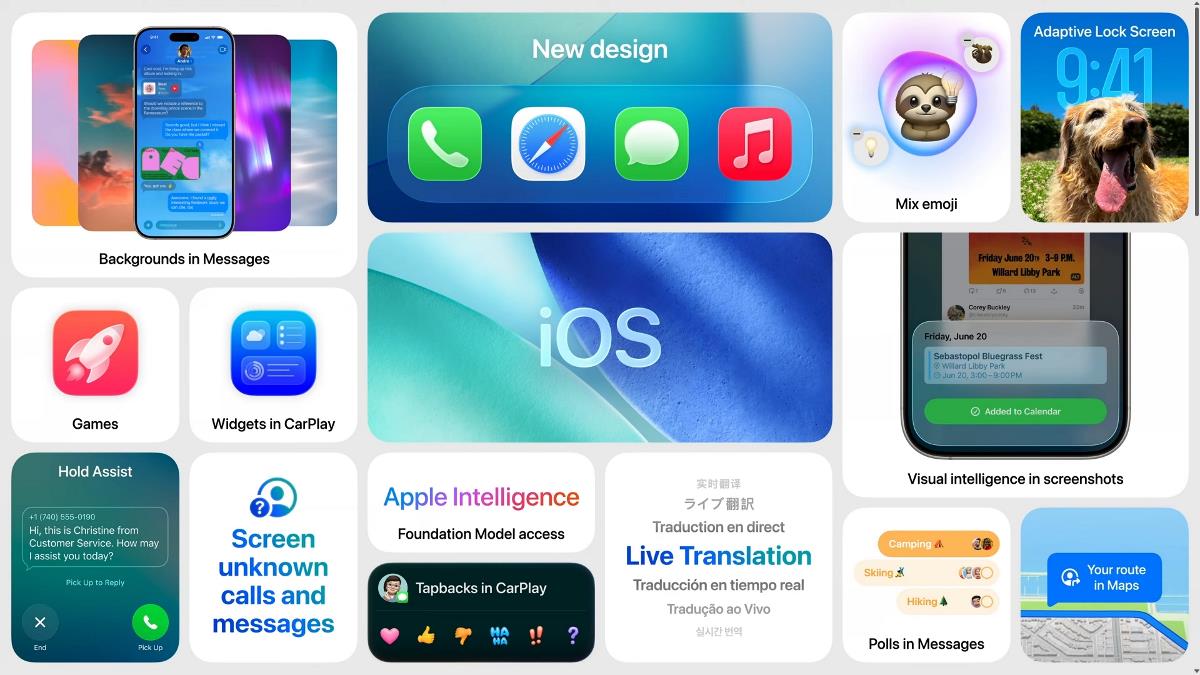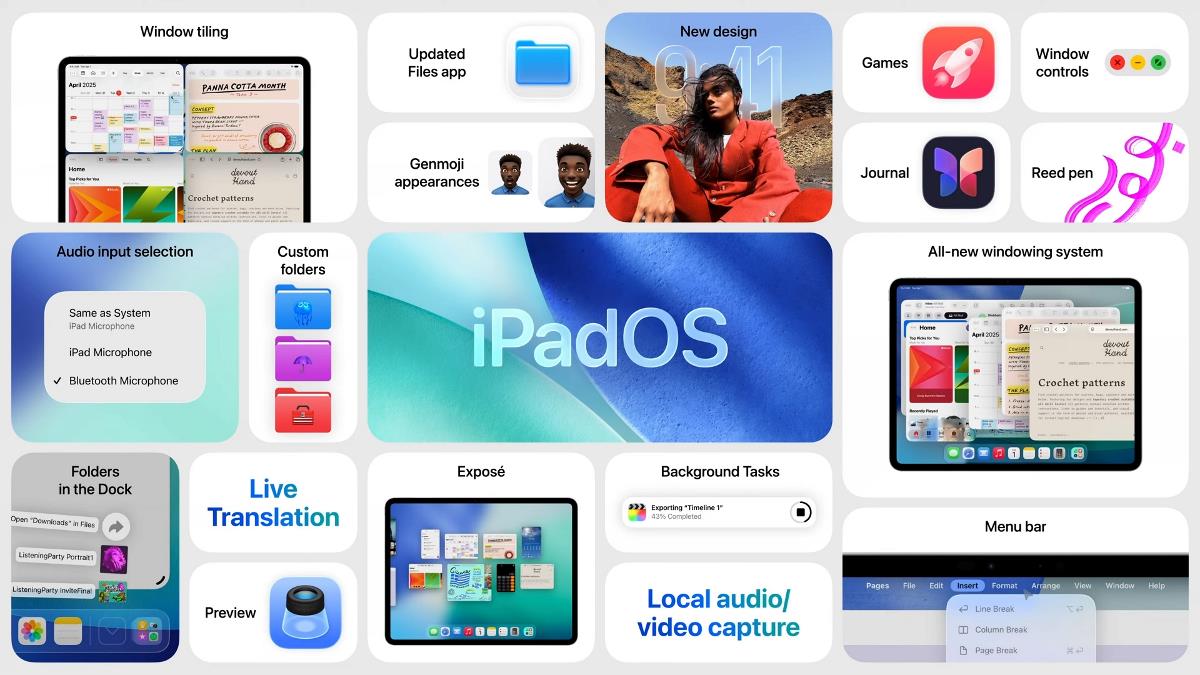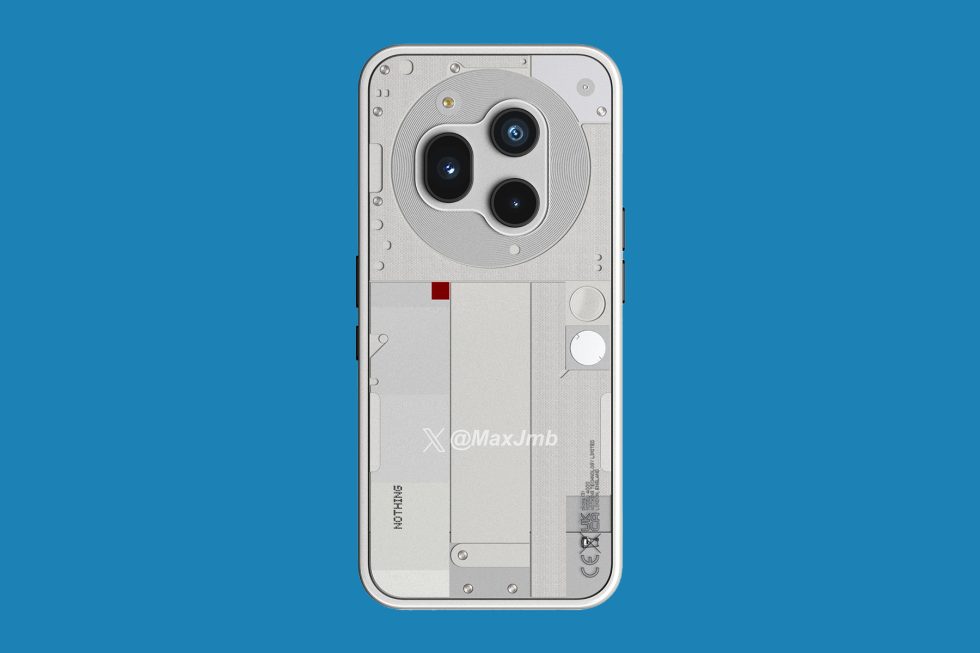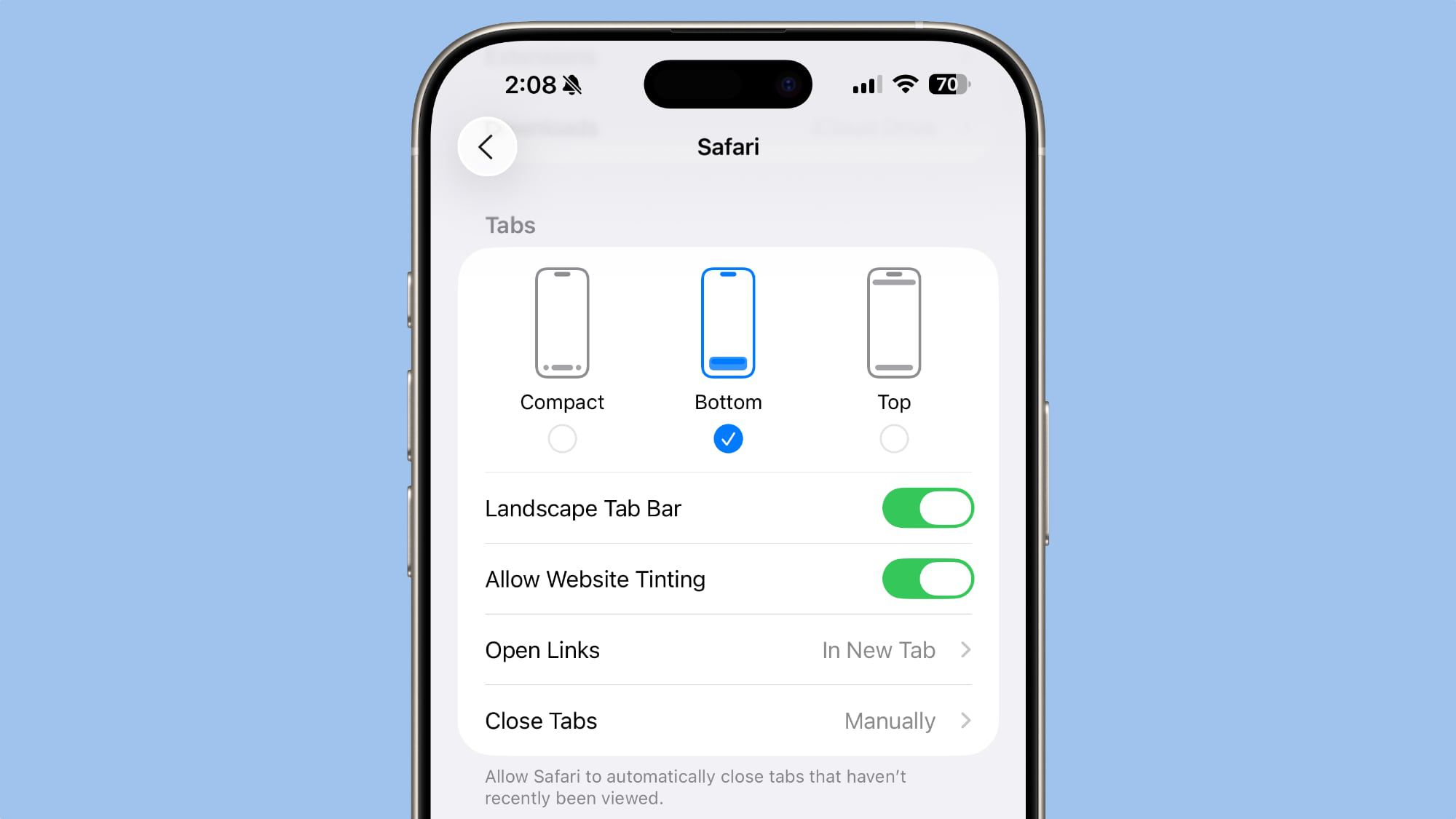The 5 biggest PC cooling advancements from the last few years
One of my favorite things about PC hardware is that it’s always getting better. Every year I get to enjoy the latest CPUs, GPUs, and memory advances and watch those numbers go up in turn. But there’s more to it than just CPUs and GPUs! Like the all-important coolers. PC cooling might not make your ray tracing benchmarks go up, but it’s vital for making sure your system runs well without frying. And just as GPUs and CPUs have improved leaps and bounds over the years, PC coolers have taken some major steps as well. If your PC is more than a few years old, here are the biggest PC cooling advancements you need to know about, why they’re so exciting, and which ones to pay attention to for your next PC. LCP makes fans better — and more costly If you’ve wondered why PC cooling fans have gotten so expensive over the past few years, you may have been looking at fans made from a material called liquid-crystal polymer (LCP). Traditionally used in data center cooling, LCP made its way into high-end enthusiast cooling fans in recent years, and that has made them all-around better. Noctua’s NF-A20 5V PWM cooling fan incorporates LCP materials with unique airflow acceleration channels.Noctua LCP is a stiff, strong material with low thermal expansion. That means it holds its shape far better at higher speeds and temperatures, so the fan can be more snugly fitted into its frame. The result? Better static pressure and a longer lifespan for the blades. The reduced vibrations from using this material also help reduce fan noise levels. Most modern high-end PC cooling fans also employ a mixture of advanced bearings, beveled blades, dampened frames, and efficient motor designs, and that all leads to quieter noise levels even at higher RPMs. These fans tend to work brilliantly well for water cooling, but are equally capable as system or CPU cooling fans. Flow-through cooling is the new norm Nvidia might have some outstanding issues with its latest graphics cards, but we can’t deny that they’ve pioneered some unique GPU looks—and a major part of that rests in their cooling design. Starting with the RTX 30-series, Nvidia introduced the “Flow Through” cooler that combined a classic blower-style cooler with a secondary fan at the far end. The GPU die had a fan directly on top that sucked in cold air and drove it out the back, while the front-end had a second fan that pulled air across the heatsink and right back out the rear. Nvidia This design recruits both fans into driving air over the heatsink instead of one (or more) of them merely recirculating the air around the heatsink. It was largely made possible by Nvidia’s shorter PCB design, which allowed air to be pulled from one side to the other. A refined version of the design was used on the RTX 40-series Founders Editions, and then Nvidia introduced Double Flow-Through cooling with the RTX 50-series. This was made possible by a PCB redesign that went even smaller and gave room for airflow at the rear, too. Gigabyte And it’s not just Nvidia doing it. Third parties are now producing cards for both Nvidia and AMD using similar designs. Gigabyte does it with its “Screen Cooling” system while Sapphire has its “Free Flow” system. Flow-through coolers aren’t the only game in town, but they’re one of the most common. Your next GPU may well just have one. New thermal pastes, pads, and liquids Even I’m behind the times on this one. I’ll admit that I commit plenty of sins as a PC user, but as a PC builder, it’s that I just use whatever thermal paste comes with the cooler I’m installing. It’s bad, too, because there are so many new and exciting options to consider. There a range of thermal pads available now, and they’re hotly competitive with the performance of some of the best thermal pastes. Better yet? They don’t dry out! If you want a set-it-and-forget-it thermal interface material, the latest generations of thermal pads from the likes of Honeywell and Thermal Grizzly are well worth considering. Honeywell For the best temperatures outside of straight up delidding, liquid metal is still the way to go—and there are a range of options available for that, too. Thermal Grizzly is still hotly competitive, but don’t sleep on Alphacool or BeQuiet either. Even standard thermal pastes are getting more capable. There are reviews out in 2025 for pastes like the ID-Cooling Frost X45, which are breaking new ground in thermal performance without all the risks of liquid metal cooling. If you’re building a new PC or doing some cooling upgrades, treat yourself to some new thermal paste. It’s going to do much better than that half-used tube you have lying around. And if you really fancy going into the weeds, some thermal paste manufacturers are now throwing stuff at the wall to see what works. How about thermal paste that smells nice: Ha

One of my favorite things about PC hardware is that it’s always getting better. Every year I get to enjoy the latest CPUs, GPUs, and memory advances and watch those numbers go up in turn. But there’s more to it than just CPUs and GPUs! Like the all-important coolers.
PC cooling might not make your ray tracing benchmarks go up, but it’s vital for making sure your system runs well without frying. And just as GPUs and CPUs have improved leaps and bounds over the years, PC coolers have taken some major steps as well.
If your PC is more than a few years old, here are the biggest PC cooling advancements you need to know about, why they’re so exciting, and which ones to pay attention to for your next PC.
LCP makes fans better — and more costly
If you’ve wondered why PC cooling fans have gotten so expensive over the past few years, you may have been looking at fans made from a material called liquid-crystal polymer (LCP). Traditionally used in data center cooling, LCP made its way into high-end enthusiast cooling fans in recent years, and that has made them all-around better.
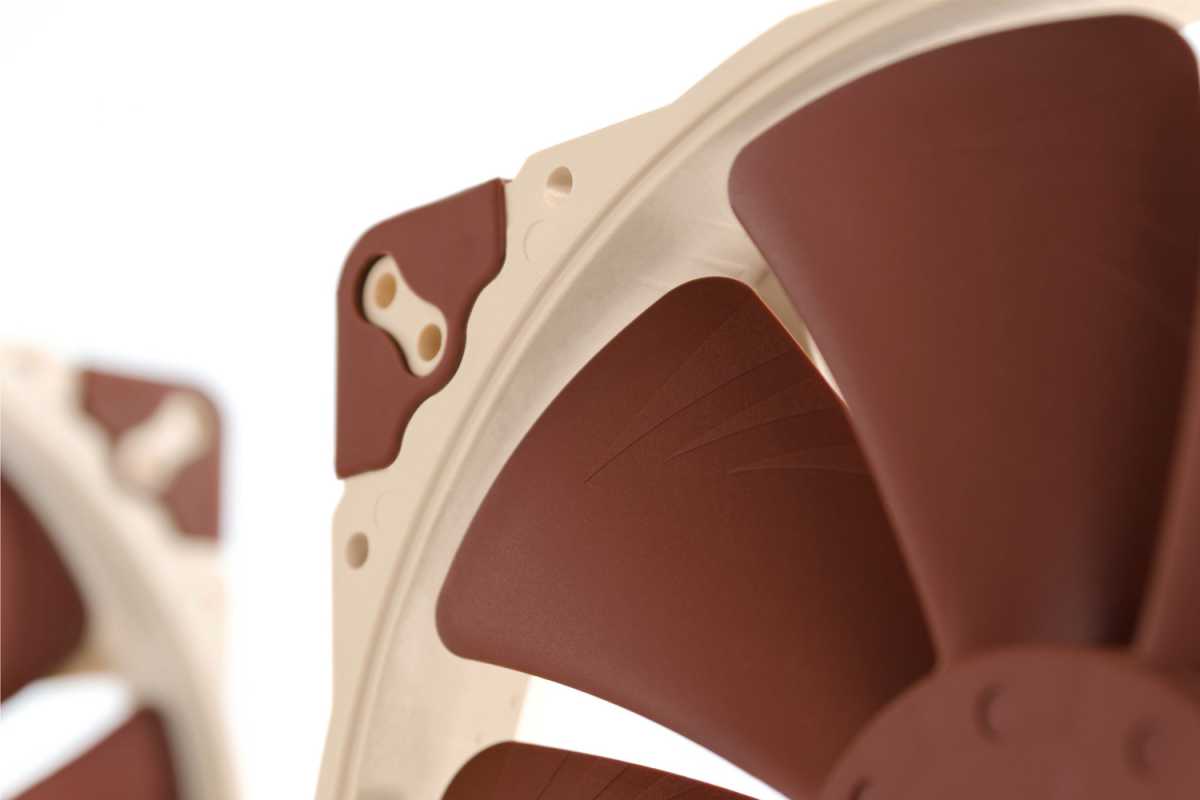
Noctua
LCP is a stiff, strong material with low thermal expansion. That means it holds its shape far better at higher speeds and temperatures, so the fan can be more snugly fitted into its frame. The result? Better static pressure and a longer lifespan for the blades. The reduced vibrations from using this material also help reduce fan noise levels.
Most modern high-end PC cooling fans also employ a mixture of advanced bearings, beveled blades, dampened frames, and efficient motor designs, and that all leads to quieter noise levels even at higher RPMs. These fans tend to work brilliantly well for water cooling, but are equally capable as system or CPU cooling fans.
Flow-through cooling is the new norm
Nvidia might have some outstanding issues with its latest graphics cards, but we can’t deny that they’ve pioneered some unique GPU looks—and a major part of that rests in their cooling design.
Starting with the RTX 30-series, Nvidia introduced the “Flow Through” cooler that combined a classic blower-style cooler with a secondary fan at the far end. The GPU die had a fan directly on top that sucked in cold air and drove it out the back, while the front-end had a second fan that pulled air across the heatsink and right back out the rear.
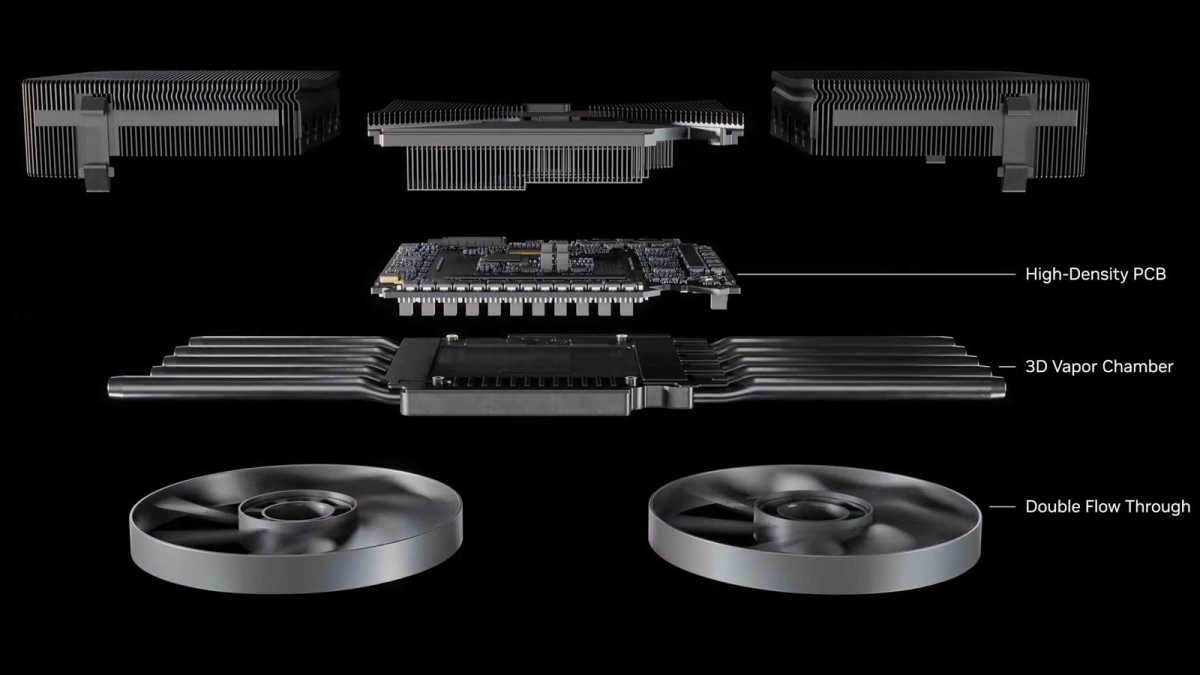
Nvidia
This design recruits both fans into driving air over the heatsink instead of one (or more) of them merely recirculating the air around the heatsink. It was largely made possible by Nvidia’s shorter PCB design, which allowed air to be pulled from one side to the other.
A refined version of the design was used on the RTX 40-series Founders Editions, and then Nvidia introduced Double Flow-Through cooling with the RTX 50-series. This was made possible by a PCB redesign that went even smaller and gave room for airflow at the rear, too.

Gigabyte
And it’s not just Nvidia doing it. Third parties are now producing cards for both Nvidia and AMD using similar designs. Gigabyte does it with its “Screen Cooling” system while Sapphire has its “Free Flow” system.
Flow-through coolers aren’t the only game in town, but they’re one of the most common. Your next GPU may well just have one.
New thermal pastes, pads, and liquids
Even I’m behind the times on this one. I’ll admit that I commit plenty of sins as a PC user, but as a PC builder, it’s that I just use whatever thermal paste comes with the cooler I’m installing. It’s bad, too, because there are so many new and exciting options to consider.
There a range of thermal pads available now, and they’re hotly competitive with the performance of some of the best thermal pastes. Better yet? They don’t dry out! If you want a set-it-and-forget-it thermal interface material, the latest generations of thermal pads from the likes of Honeywell and Thermal Grizzly are well worth considering.

Honeywell
For the best temperatures outside of straight up delidding, liquid metal is still the way to go—and there are a range of options available for that, too. Thermal Grizzly is still hotly competitive, but don’t sleep on Alphacool or BeQuiet either.
Even standard thermal pastes are getting more capable. There are reviews out in 2025 for pastes like the ID-Cooling Frost X45, which are breaking new ground in thermal performance without all the risks of liquid metal cooling. If you’re building a new PC or doing some cooling upgrades, treat yourself to some new thermal paste. It’s going to do much better than that half-used tube you have lying around.
And if you really fancy going into the weeds, some thermal paste manufacturers are now throwing stuff at the wall to see what works. How about thermal paste that smells nice:
Hard tubing and distro plates
Building your own custom water cooling loop is still top of the list of the most complex DIY PC builds you can complete, but it’s a lot easier today than it used to be.
Thanks to the ingenuity of modders meeting mass production and economies of scale, it’s now possible to buy pre-bent hard tubing kits that have all the tubing you need at the right angles. You’re a little more limited in your corner angles, but if you’ve always wanted to hard tube and never risen to the challenge, now is a good time to learn.
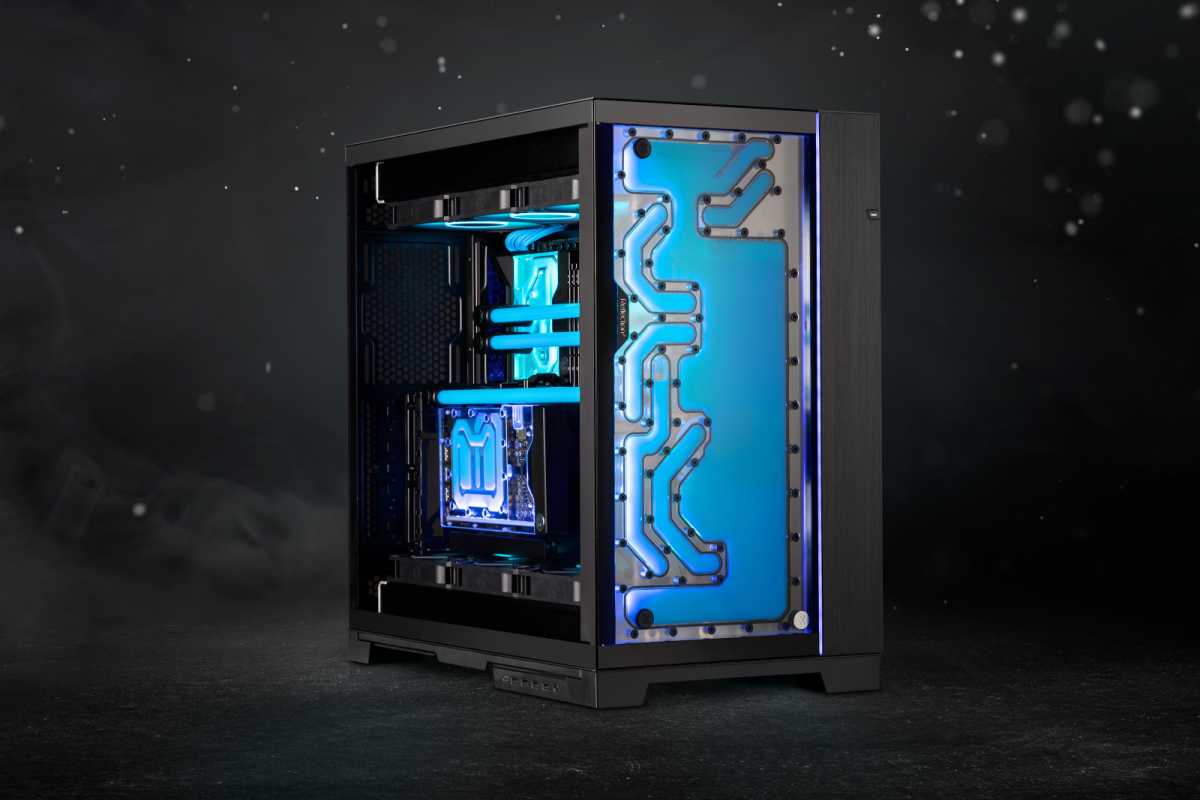
EK
Regardless of how hard your tubes are, though, you can always enjoy more complicated loops that look super professional with distro plates. They’re expensive—doubly so when you count the extra tubing and fittings—but you can more easily route your loop around your case, especially if you’re using some of those pre-bent hard tubes.
Distro plates have been around for a few years, but in the mid-2020s distro plates are now fully mainstream and available in a range of sizes, types, and styles. They’re very pricey… but if you’re building a custom water cooling loop, you’re already well in the hole.
Pumpless water cooling is almost here
One of the most frustrating aspects of water cooling is the pump. Whether you’re building a DIY loop or slapping an AIO on your CPU, you need to consider the pump in your purchase.
The pump has to be powerful enough for the loop, with a long lifespan, a good warranty, and ideally quiet (or silent). Yet as great as modern pumps are, they’re still a point of failure—and one that can have a significant impact on the health of your PC if something goes wrong.
Fortunately, the holy grail of pumpless water cooling might be here soon. While some companies like Rajintek have explored pumpless water cooling before, it hasn’t become a real product you can buy yet. But Noctua showed off a new design at Computex 2025, and that one looks as close to the real deal as it gets.
Built in partnership with Calyos, an engineering company that specializes in two-phase passive cooling systems, the “Thermosiphon” system was shown at Computex effortlessly cooling a 9800X3D while gaming. The coolant is vaporized inside the CPU block, then travels up the vapor flow pipes to the condenser/radiator. Fans cool down the coolant as it travels along the condenser, ultimately returning it to a liquid state. Gravity then feeds the coolant back to the CPU block. Repeat on a loop.
It’s not quite ready for primetime yet, and there are still questions around real-world performance and noise levels. But with Noctua also getting into the AIO game this year, it seems all but inevitable that we’ll see some kind of pumpless liquid cooler on store shelves soon.
Further reading: My PC’s water cooling pump was driving me nuts. Here’s what I did about it



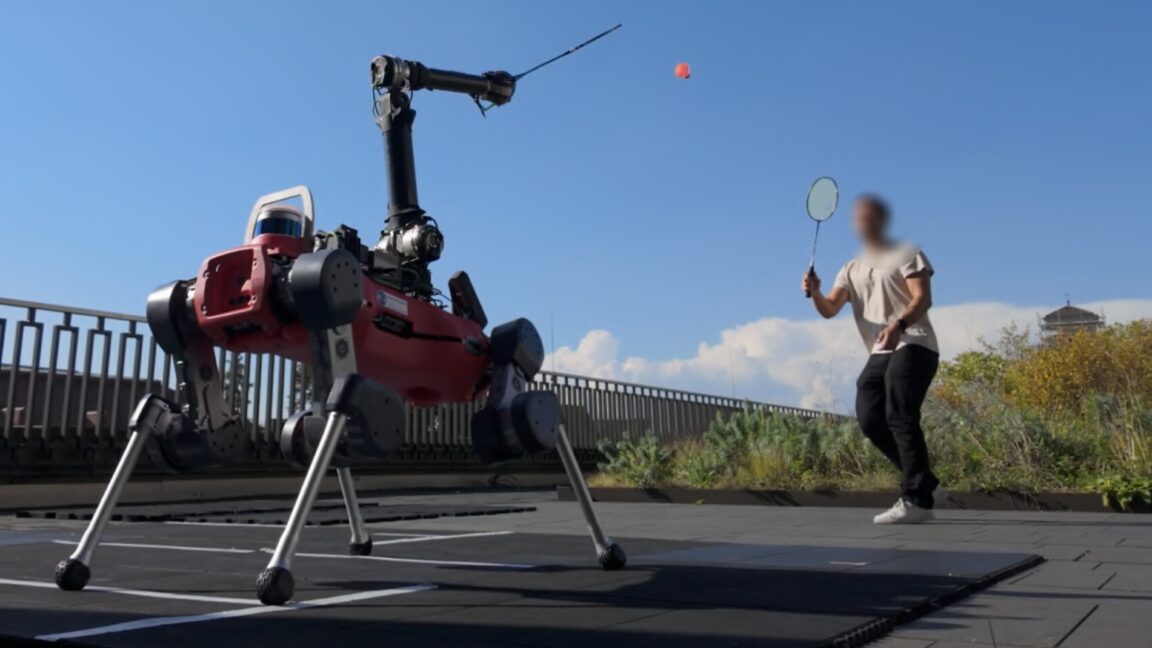












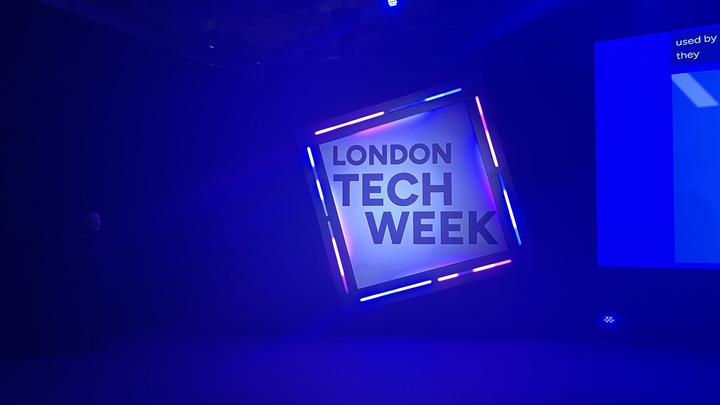






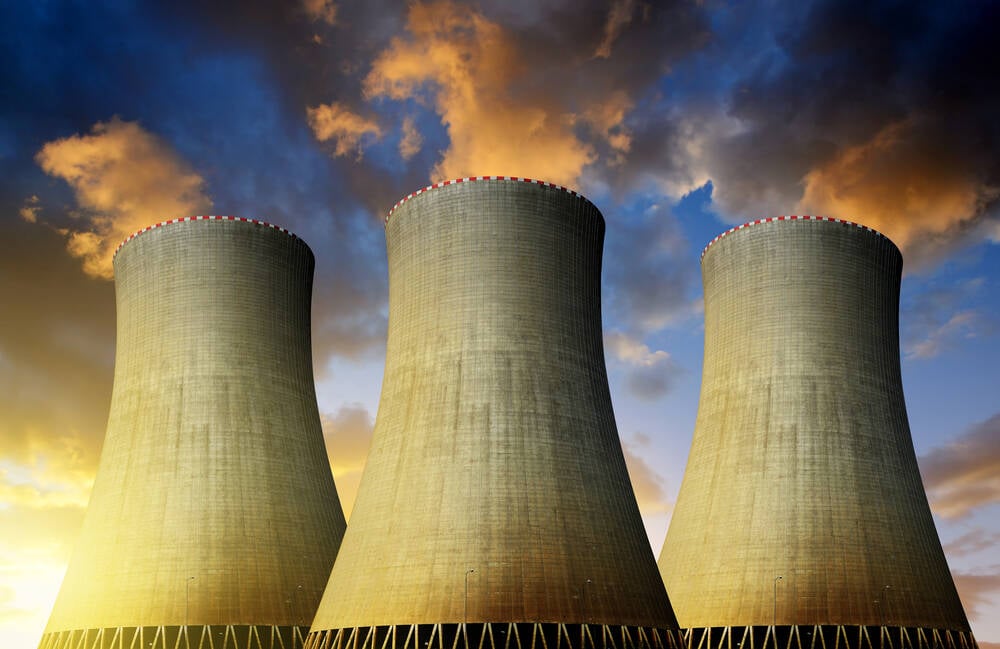













































































































![Top Features of Vision-Based Workplace Safety Tools [2025]](https://static.wixstatic.com/media/379e66_7e75a4bcefe14e4fbc100abdff83bed3~mv2.jpg/v1/fit/w_1000,h_884,al_c,q_80/file.png?#)


































![[The AI Show Episode 152]: ChatGPT Connectors, AI-Human Relationships, New AI Job Data, OpenAI Court-Ordered to Keep ChatGPT Logs & WPP’s Large Marketing Model](https://www.marketingaiinstitute.com/hubfs/ep%20152%20cover.png)













































































































































































































































.png?width=1920&height=1920&fit=bounds&quality=70&format=jpg&auto=webp#)





















_incamerastock_Alamy.jpg?width=1280&auto=webp&quality=80&disable=upscale#)






































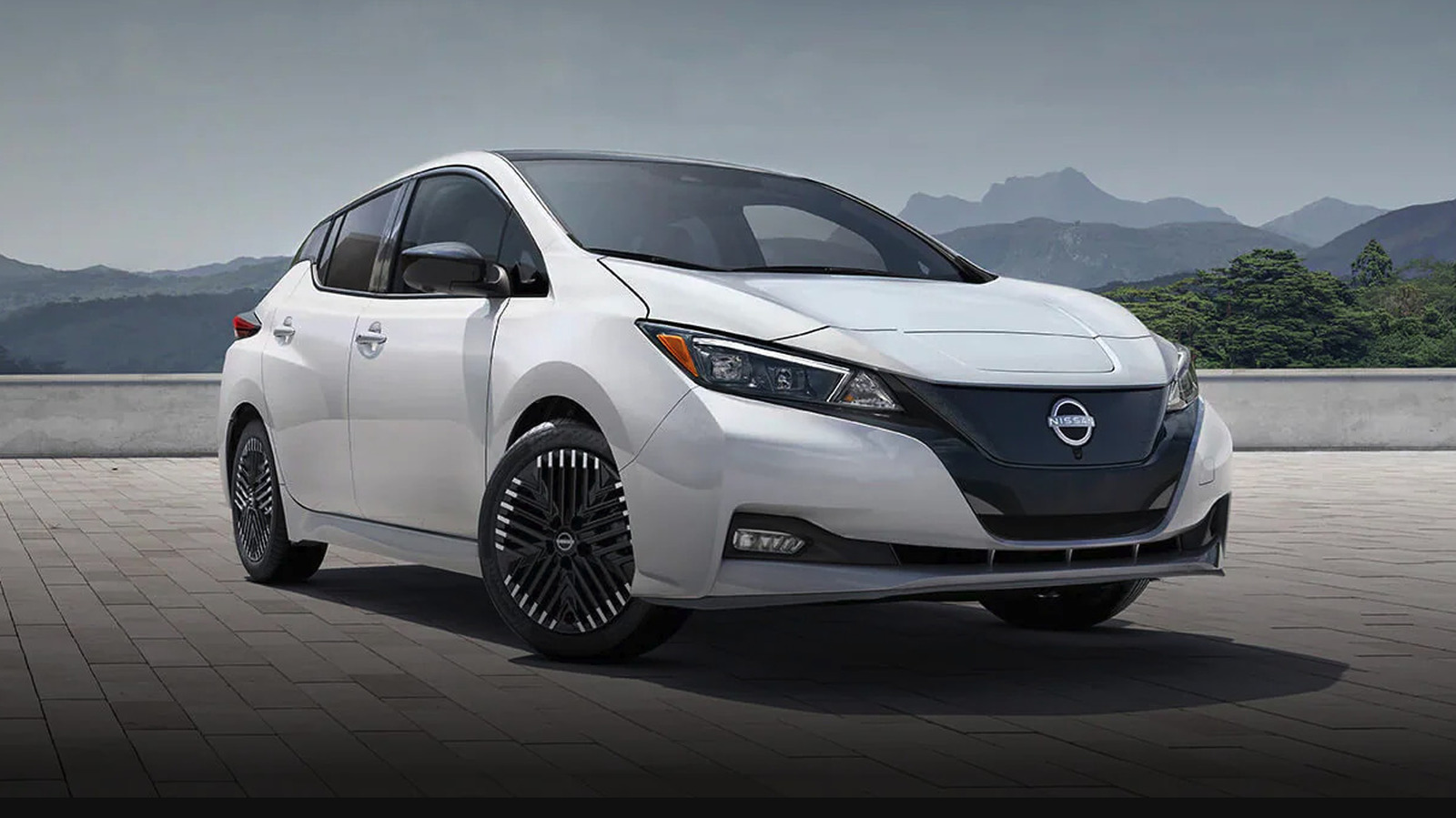
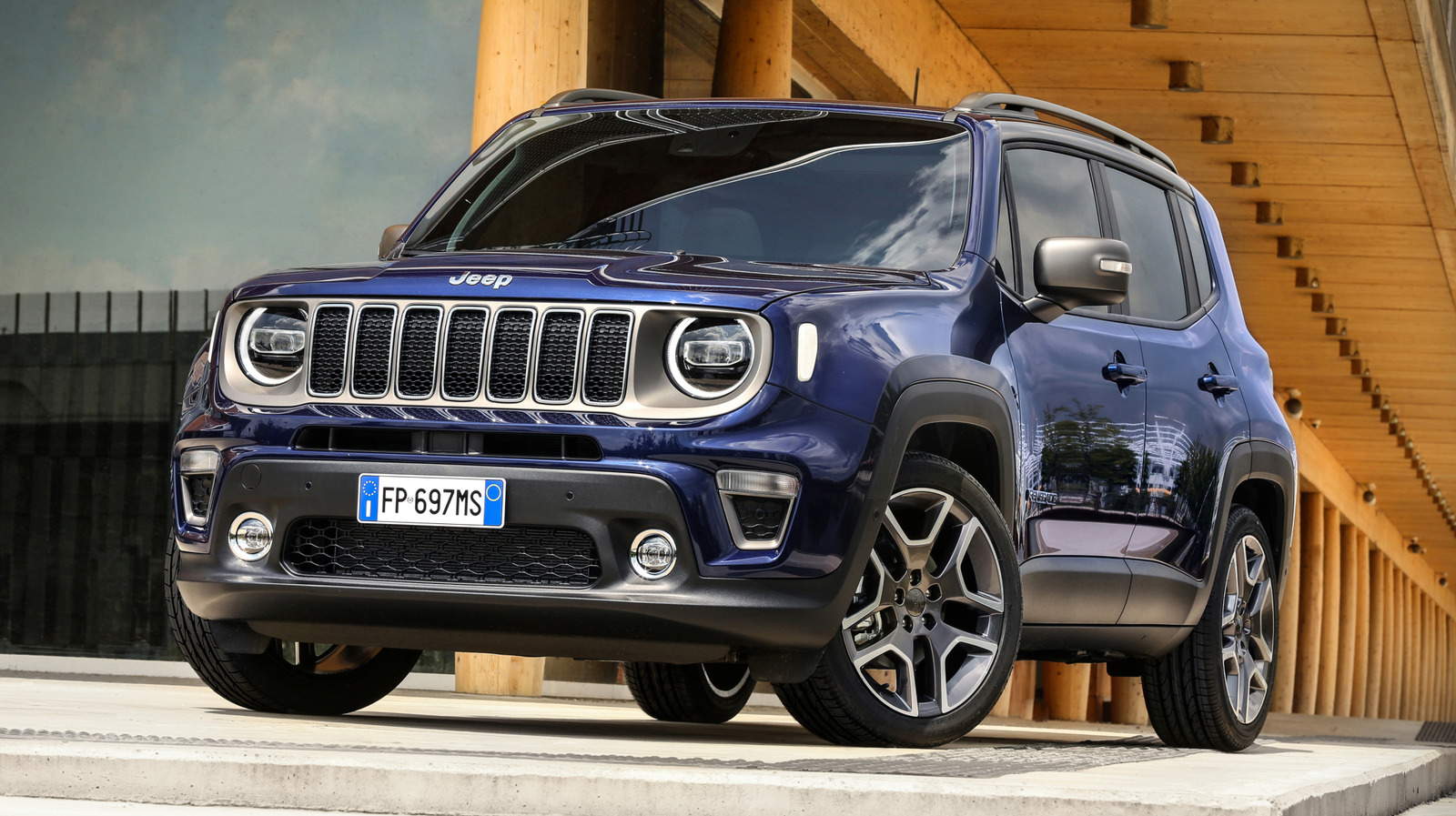































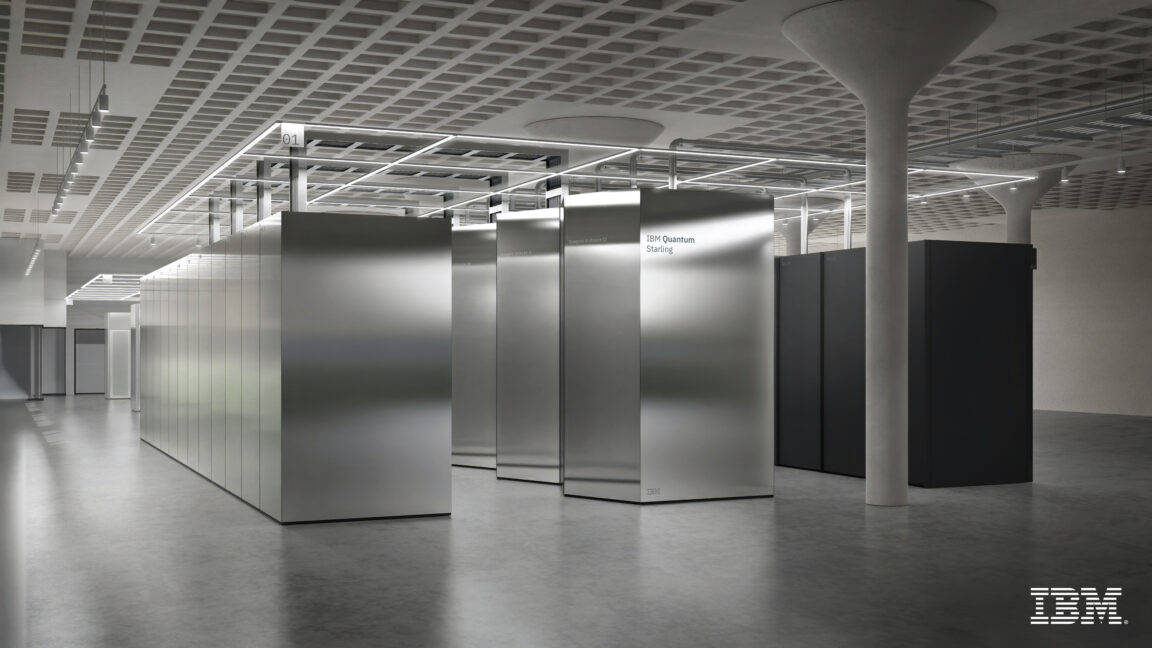





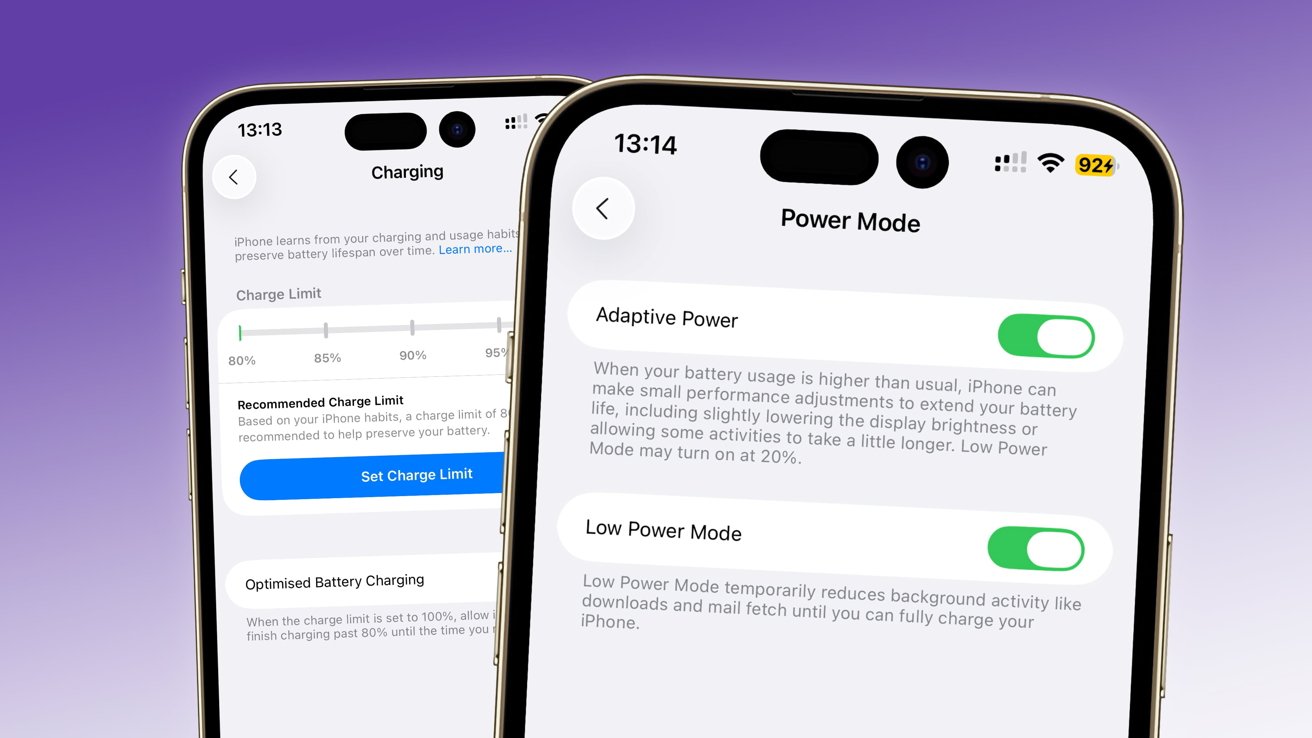













![This is Android 16’s desktop mode – a little broken, but the start of something good [Gallery]](https://i0.wp.com/9to5google.com/wp-content/uploads/sites/4/2025/06/android-16-qpr1-desktop-mode-3.jpg?resize=1200%2C628&quality=82&strip=all&ssl=1)













![WWDC 2025 Interview: Federighi and Joswiak on Siri Delay, Apple Intelligence, and iPadOS 26 [Video]](https://www.iclarified.com/images/news/97579/97579/97579-640.jpg)

![New Things On the Way From Apple [Video]](https://www.iclarified.com/images/news/97562/97562/97562-640.jpg)
![Introducing Liquid Glass [Video]](https://www.iclarified.com/images/news/97565/97565/97565-640.jpg)





















